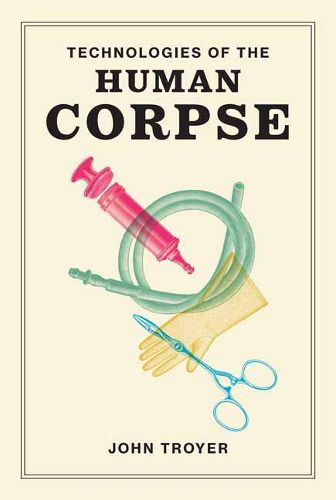Readings Newsletter
Become a Readings Member to make your shopping experience even easier.
Sign in or sign up for free!
You’re not far away from qualifying for FREE standard shipping within Australia
You’ve qualified for FREE standard shipping within Australia
The cart is loading…






The relationship of the dead body with technology through history, from nineteenth-century embalming machines to the death-prevention technologies of today.
The relationship of the dead body with technology through history, from nineteenth-century embalming machines to the death-prevention technologies of today.
Death and the dead body have never been more alive in the public imagination–not least because of current debates over modern medical technology that is deployed, it seems, expressly to keep human bodies from dying, blurring the boundary between alive and dead. In this book, John Troyer examines the relationship of the dead body with technology, both material and conceptual- the physical machines, political concepts, and sovereign institutions that humans use to classify, organize, repurpose, and transform the human corpse. Doing so, he asks readers to think about death, dying, and dead bodies in radically different ways.
$9.00 standard shipping within Australia
FREE standard shipping within Australia for orders over $100.00
Express & International shipping calculated at checkout
The relationship of the dead body with technology through history, from nineteenth-century embalming machines to the death-prevention technologies of today.
The relationship of the dead body with technology through history, from nineteenth-century embalming machines to the death-prevention technologies of today.
Death and the dead body have never been more alive in the public imagination–not least because of current debates over modern medical technology that is deployed, it seems, expressly to keep human bodies from dying, blurring the boundary between alive and dead. In this book, John Troyer examines the relationship of the dead body with technology, both material and conceptual- the physical machines, political concepts, and sovereign institutions that humans use to classify, organize, repurpose, and transform the human corpse. Doing so, he asks readers to think about death, dying, and dead bodies in radically different ways.